Renewable energy is playing an increasingly important role in the transition to a more sustainable future. Today, tidal power is emerging as a promising source of clean energy.
In Liverpool, plans for a tidal power mega-project are taking shape, which could power up to one million homes with sustainable energy.
In this feature we provide highlight and overview of the Liverpool tidal power mega-project. We’ll also discuss the technology behind tidal power generation and highlight the potential benefits of this emerging renewable energy source.
What is Tidal Power Generation?
Tidal power plants create electricity by harnessing the kinetic energy of moving water, specifically tidal currents.
The gravitational pull of the moon and sun on the Earth’s oceans produce these currents, which can be very strong in narrow channels and estuaries.
Turbines are placed in the path of the currents. As the water flows through them, the kinetic energy is converted into electrical energy. Compared to hydroelectric power generation, which also uses turbines to change moving water into electricity, tidal power turbines need to be designed to endure the harsh marine environment.
Saltwater corrosion, marine growth, and extreme weather conditions all introduce challenges in developing and operating tidal power plants.
A walkthrough of tidal power:
The Liverpool Tidal Power Mega-Project
The Liverpool tidal power mega-project is being developed by a group of companies, including:
- InfraRed Capital Partners
- Sustainable Marine Energy
- Nova Innovation
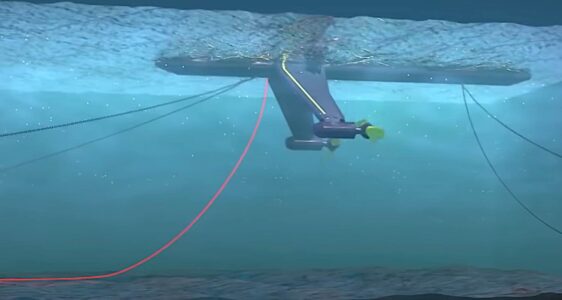
The project will leverage the power of the tidal currents in the River Mersey. It could generate up to 500 MW of power.
The project will use a combination of fixed and floating tidal turbines explicitly designed for the challenging marine environment. The fixed turbines will be in the narrowest part of the Mersey Estuary, where the tidal currents are strongest.
The floating turbines, which will be further out in the estuary, will be anchored to the seabed using mooring lines. These turbines will be installed on the river bed. They’ll connect to the electrical grid via underwater cables.
These turbines will be designed to rise and fall with the tides. This allows them to capture more energy from the tidal currents.
The group of companies developing the Liverpool tidal power mega-project has also committed to engaging with local stakeholders and leading extensive environmental impact assessments.
The project has the potential to create new jobs and economic opportunities in the region. It could further the development of tidal power generation technology.
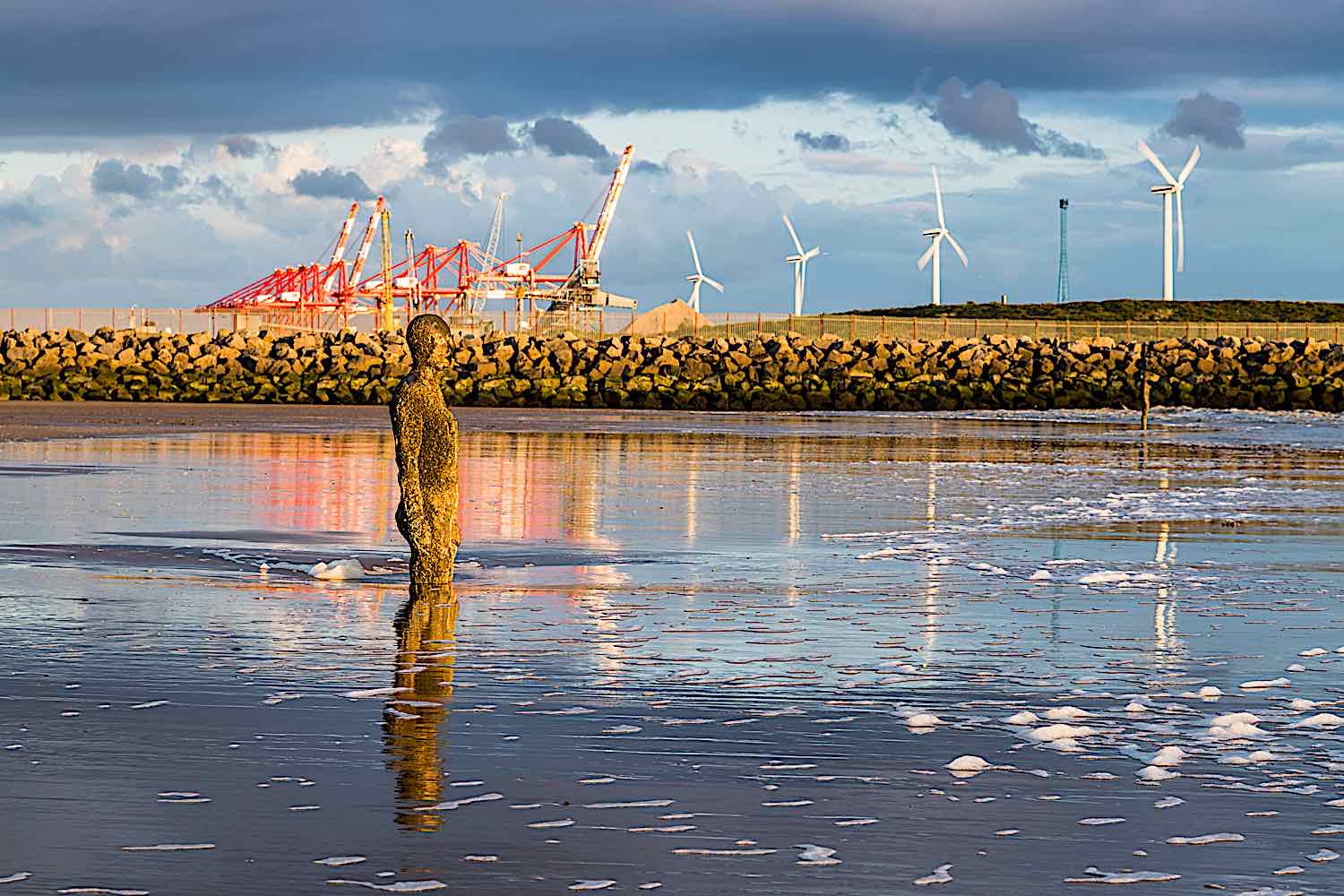
The Benefits of Tidal Power Generation
Tidal power generation offers several benefits compared to other types of renewable energy.
Predictable and Reliable Source of Energy
One of the key advantages of tidal power generation is that it’s predictable and reliable. Tidal currents are predictable and follow a regular cycle, making it easier to forecast and plan for energy production.
This predictability and reliability make tidal power an excellent source of baseload power. Baseload power is essential for maintaining grid stability and meeting energy demands.
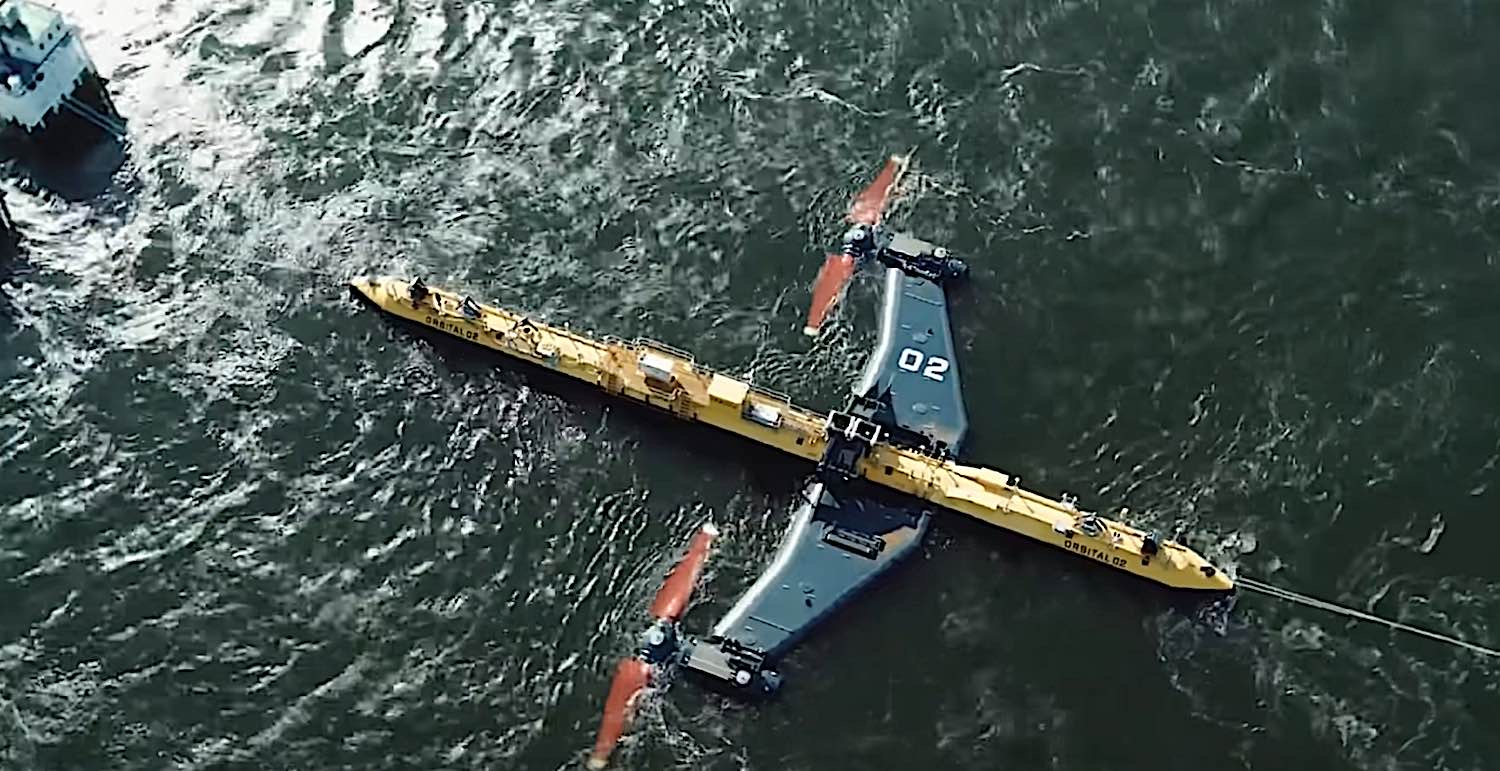
Long Lifespan and Low Maintenance Costs
Tidal power turbines offer a long lifespan and require relatively low maintenance compared to other types of renewable energy. This is because they’re located underwater. This protects them from the elements, which means they aren’t subject to wear and tear from wind and sunlight.
This means that tidal power turbines can operate for decades with minimal maintenance. This makes them a cost-effective and reliable source of energy.
Zero Emissions and Low Environmental Impact
Tidal power generation produces zero emissions and has a low environmental impact compared to other types of renewable energy.
Unlike fossil fuels, which produce greenhouse gas emissions that contribute to climate change, tidal power is a clean and sustainable energy source.
Additionally, because the turbines are located underwater, they don’t require large amounts of land. This can reduce the impact on local ecosystems and communities.
Tidal power also has a lower visual impact compared to energy sources like wind power.
Wind turbines are often located onshore or offshore and can have an adverse visual impact on the surrounding landscape. In contrast, tidal power turbines are located underwater and aren’t visible from the shore, which can reduce aesthetic concerns linked with wind power.
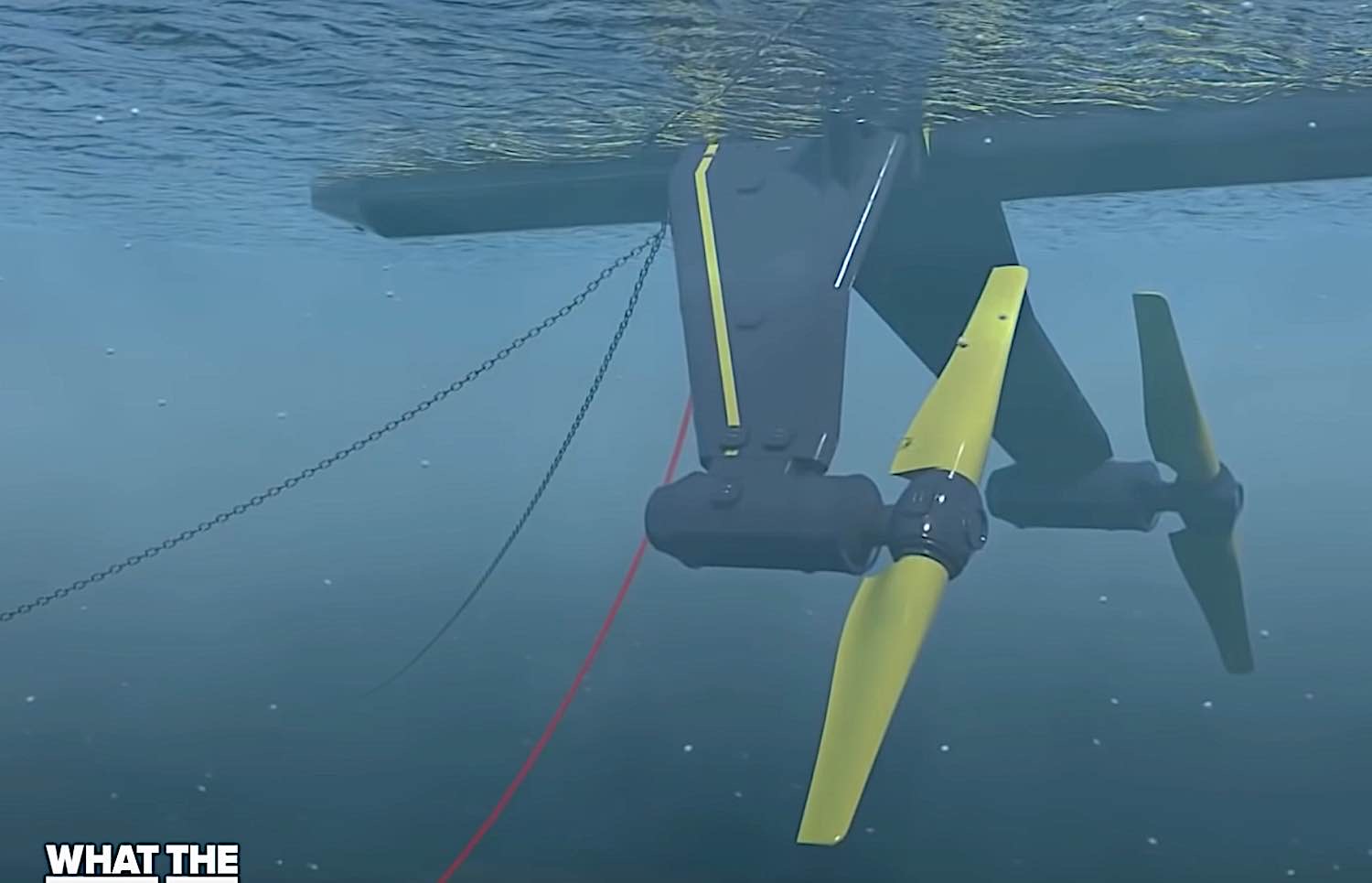
Resilient to Extreme Weather Conditions
Tidal power turbines are designed to withstand extreme weather conditions. For example, storms and hurricanes. This makes them a more resilient source of energy than other forms of renewable energy.
This is particularly important in areas prone to extreme weather events, where preserving a reliable energy source is essential.
Potential for Energy Storage
Tidal power generation has the potential for energy storage. This helps address the intermittent nature of renewable energy sources.
Excess energy generated during periods of high tidal activity can be stored in batteries or other energy storage systems. Then it can be used to supplement energy production during periods of low tidal activity.
This can provide a reliable and consistent energy source and improve the efficiency of tidal power generation.
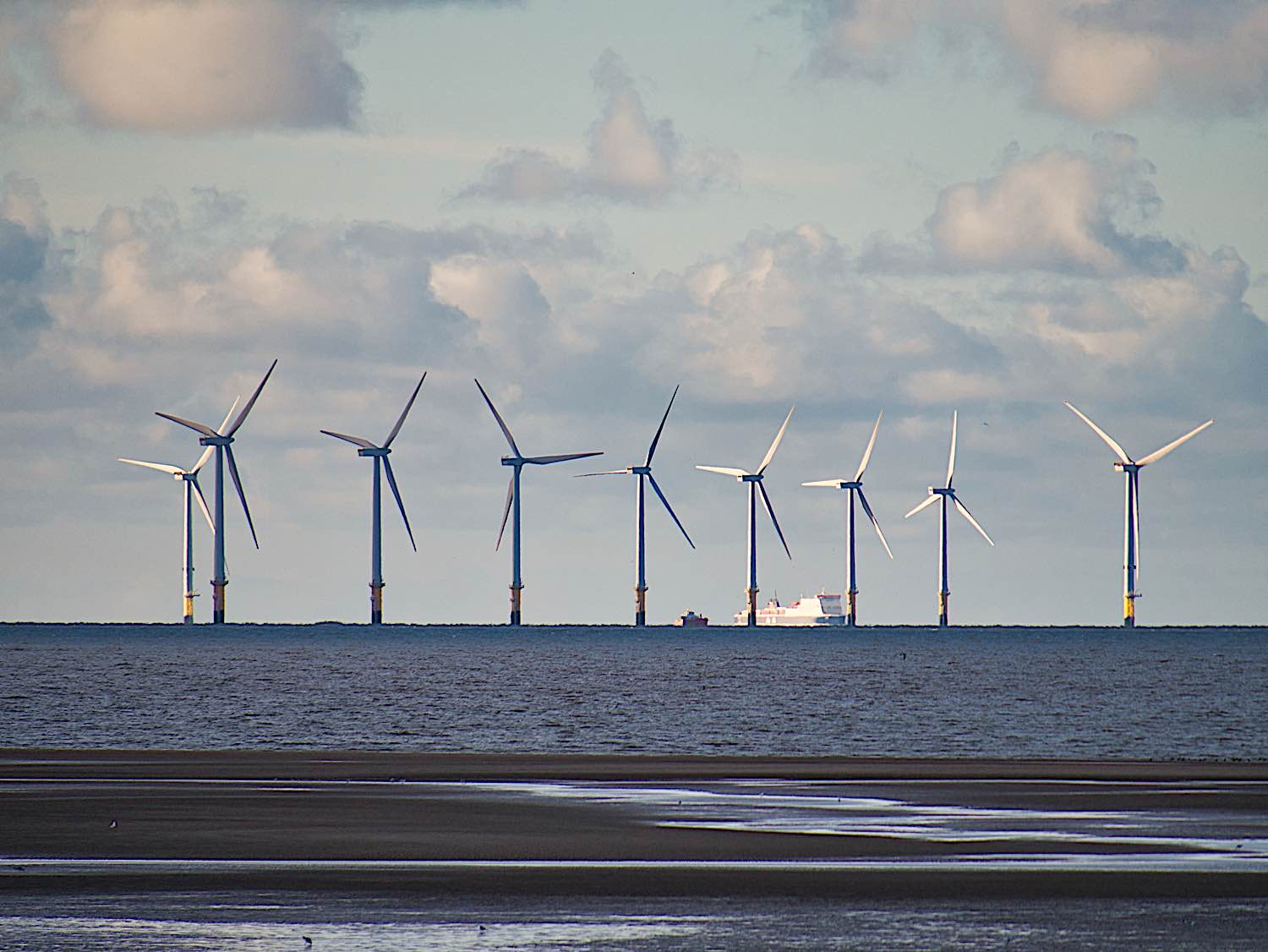
Job Creation
Developing and operating tidal power projects requires specialized skills and expertise. For example, marine engineering, underwater cable installation, and turbine maintenance.
Tidal power projects can create and introduce new jobs and economic opportunities in coastal communities.
Community Engagement
Developing tidal power projects requires engaging and liaising with local communities and stakeholders to ensure their support and minimize the environmental and social impacts of the project.
Community engagement can build public support for tidal power and create a more sustainable and equitable energy future.

Helps Tackle Climate Change
Tidal power is emerging as a promising source of clean energy in the fight against climate change.
As the world continues to shift to a low-carbon economy, tidal power can help to reduce greenhouse gas emissions and ease the impacts of climate change.
Tidal power can also help to reduce our reliance on fossil fuels, which are a significant contributor to climate change.
Challenges and Opportunities in Developing Tidal Power Projects
While there are many benefits, developing tidal power projects poses several challenges, too.
Finding Suitable Locations
Tidal currents are most substantial in narrow channels and estuaries. This can make it challenging to find suitable sites close to populated areas and electrical grids.
Developers need to conduct comprehensive site surveys and environmental impact assessments to identify suitable locations, which can be costly and time-consuming.
Environmental Impact
Tidal power projects can have adverse environmental impacts on marine ecosystems and local communities.
The turbines can disrupt marine life and habitats. Construction can impact shoreline ecosystems.
Developers must engage with stakeholders and conduct thorough environmental impact assessments to minimize these impacts.
Regulatory Hurdles
Tidal power projects require navigating complex regulatory frameworks at national, regional, and local levels.
Developers must obtain permits and approvals from various government agencies and work with local communities to receive support for the project.
Financing
Developing tidal power projects requires significant upfront capital investment. This can be a barrier to entry for smaller companies.
Financing options such as public-private partnerships and government subsidies can help to overcome this issue.
The Future of Tidal Power
The development of tidal power technology and infrastructure is still in its early stages. However, there’s enormous potential for growth and innovation in this field.
As the costs of tidal power continue to reduce and the technology improves, we can expect to see more tidal power projects being developed around the world.
Not only that but research is being conducted on the use of tidal power for other applications. For example, desalination and hydrogen production.
While tidal power has unique challenges and limitations, its benefits over other forms of renewable energy make it a promising and vital source of clean energy as we work towards a healthier, more sustainable future.
The Liverpool Tidal Power Mega-Project and What We Can Expect Next
The Liverpool tidal power mega-project has the potential to power up to one million homes with clean, sustainable energy.
The project is being developed by a consortium of companies, using a mixture of fixed and floating tidal turbines explicitly designed for the harsh marine environment.
Tidal power generation has several benefits compared to other forms of renewable energy, including its ability to provide baseload power and its smaller environmental footprint.
As the world continues to switch to a more sustainable future, tidal power is emerging as an essential source of clean energy.
As time goes on, continued investment and innovation in tidal power technology and development will be essential in unlocking its full potential. It’s time to welcome a cleaner, more sustainable future for generations to come.
- Want more? Learn more about developments in the energy industry in EDI Weekly’s energy section>>.
Sources
- A tidal power ‘mega project’ in one of Europe’s iconic waterways could power 1 million homes. But costs are huge, CNBC, 2023
- Tidal Energy: Advantages, Disadvantages, and Future Trends, Earth.org, 2022
- Chowdhury, M S et al. “Current trends and prospects of tidal energy technology.” Environment, development and sustainability,

































